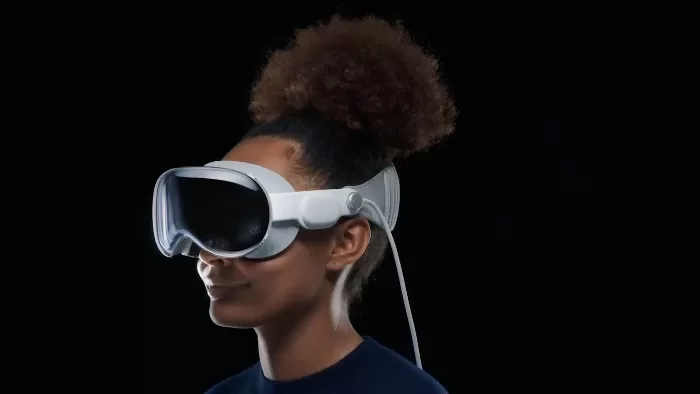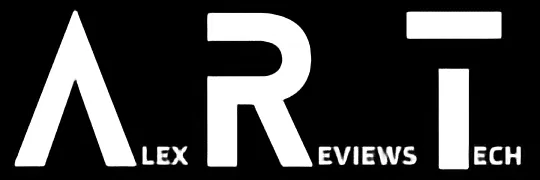
Opinion: Apple’s Vision Pro platform has plenty of potential… but right now, that’s about all it has.
As expected, overnight (relative to Australian time, where I’m writing this) Apple announced its mixed reality headset, or in Apple-speak, its first “Spatial Computer”, the Apple Vision Pro.
Short form details: Headset, mix of AR and VR, available first in the US from “early next year”, international availability “later next year”. You’ll be able to find those details basically everywhere online right now.
Price? Eye watering, “starting” at $US 3,499, which converts out to something like $5,286 at the time of writing. Add in a little GST, because US list prices never include sales tax, and you’d be lucky to walk away with less than a $5,750 dent in your wallet, maybe $6,000 by the time it lands on our shores.
Just to cushion that shock, here’s a shiny Apple video about the Vision Pro:
That design is… not quite what I might have expected. I’m not the only one thinking it looks rather like a 1970s Sci-Fi prop, am I?
Apple isn’t first to the AR/VR market by a long shot, but it’s been in this position within an existing market before, with some astonishing success.
The iPhone is the obvious comparison point, because Apple went into an established market with a shiny new product, generated a lot of hype and made basically ALL the money, and then some.
Why did Apple make all the money with the iPhone? I could point out any number of reasons, but ultimately what I think really made it — and the reason Apple’s announced Vision Pro at WWDC, even though its hype bubble will have deflated a little by the time it goes on sale — is because it knows it needs developers and apps.
The first gen iPhone was an interesting device, but it was stuck in an Apple-only world with a limited set of apps. The first 3G model though, opened up the app store… and that’s when it went properly nuclear in app sales terms.
So, get the devs on board, develop those holographic computer interfaces us sci-fi nerds have been waiting on for decades now, and the job’s well done, right?
Maybe. Maybe not.
Apple doesn’t always succeed.
There’s a line at the bottom of the press release that Apple sent me about the Vision Pro that stuck with me. It’s boilerplate stuff that ends up on every Apple release, and it reads as follows:
Apple revolutionised personal technology with the introduction of the Macintosh in 1984. Today, Apple leads the world in innovation with…
It sticks with me, because I’ve worked as a tech journalist long enough to know that Apple’s changed that line over the years.
It used to read as follows:
Apple ignited the personal computer revolution in the 1970s with the Apple II and reinvented the personal computer in the 1980s with the Macintosh. Today, Apple continues to lead the industry in innovation with…
Just in case you think I’m making that up, I’ve copied that directly from Apple’s original release for the iPhone, which you can read here.
The change there is significant; Apple’s not lying when it says that the Apple II was an important part of the early home computer revolution for sure. But it says a lot about Apple’s hiding of its history that it no longer wants to recognise that fact. I honestly don’t know why. The Apple II was a lovely machine in its day, and we don’t get the Apple of today if it never existed. Still, that’s marketing for you, because it maybe hides an older, less attractive history as well.
Because it also buries another Apple product that was heavy on the hype but did not live up to Apple’s expectations. That’s the Apple Lisa. Hey, how about a hype ad for that?
Now, the Apple Lisa had all sorts of problems and basically died in the marketplace, utterly eclipsed by… the very Apple Macintosh that Apple still talks about if you’re purely in the Apple ecosystem, and the IBM PC if you’re not.
But the parallels are fascinating. The Lisa was ahead of its time, while borrowing ideas from other sources (everyone does it, I’m not casting blame), and it was super expensive. Also, it had a lot of potential waiting to be tapped.
That’s exactly where we are with the Vision Pro right now.
Apple’s carefully curated demos for those journalists at WWDC right now will no doubt show off what Apple’s been able to code, while probably papering over the cracks in what is, after all, a version one device.
It’s where we go from here that gets interesting. Or not.
Maybe in 30 years time Apple releases will simply talk about how “ignited the spatial computing revolution in the 2020s” while leaving the rest of its history behind.
